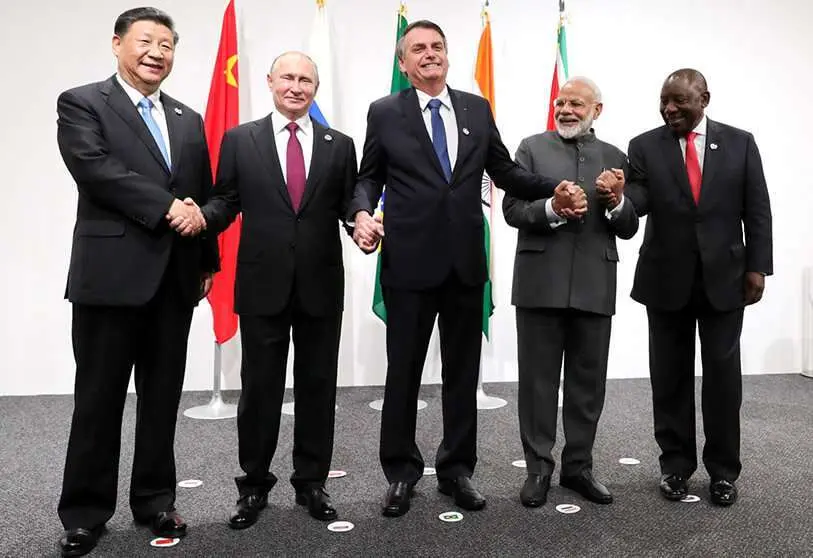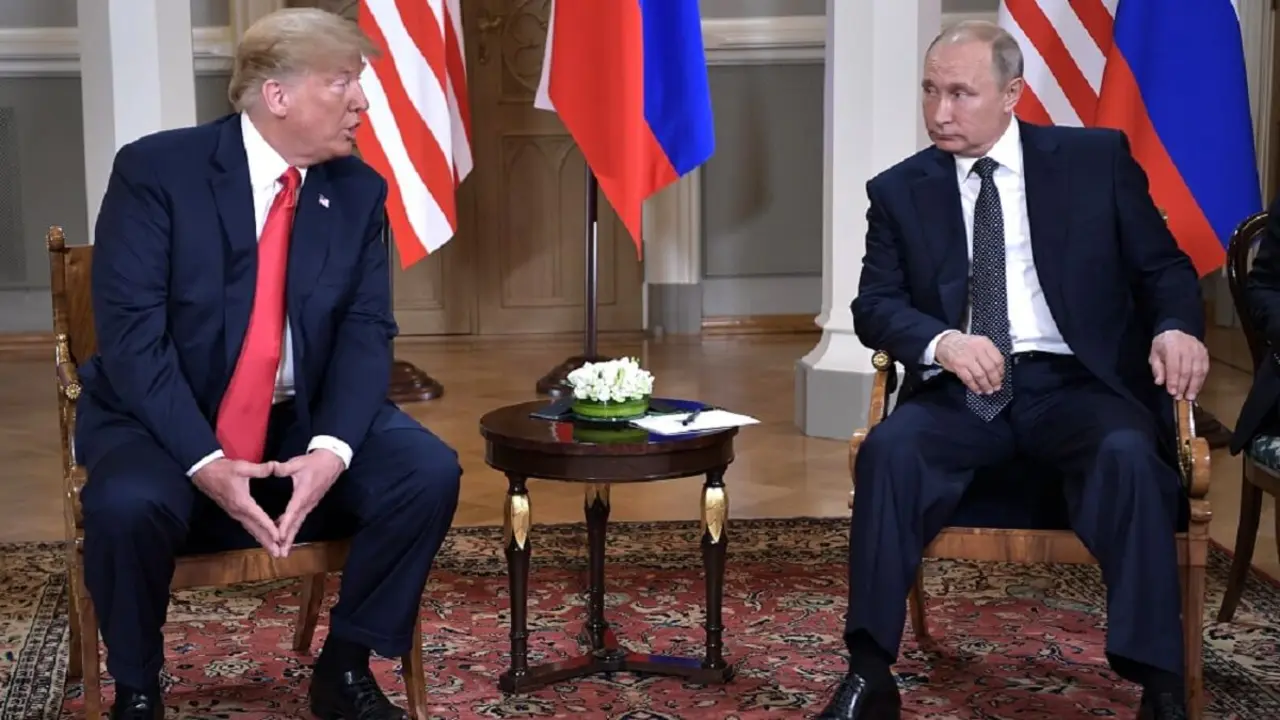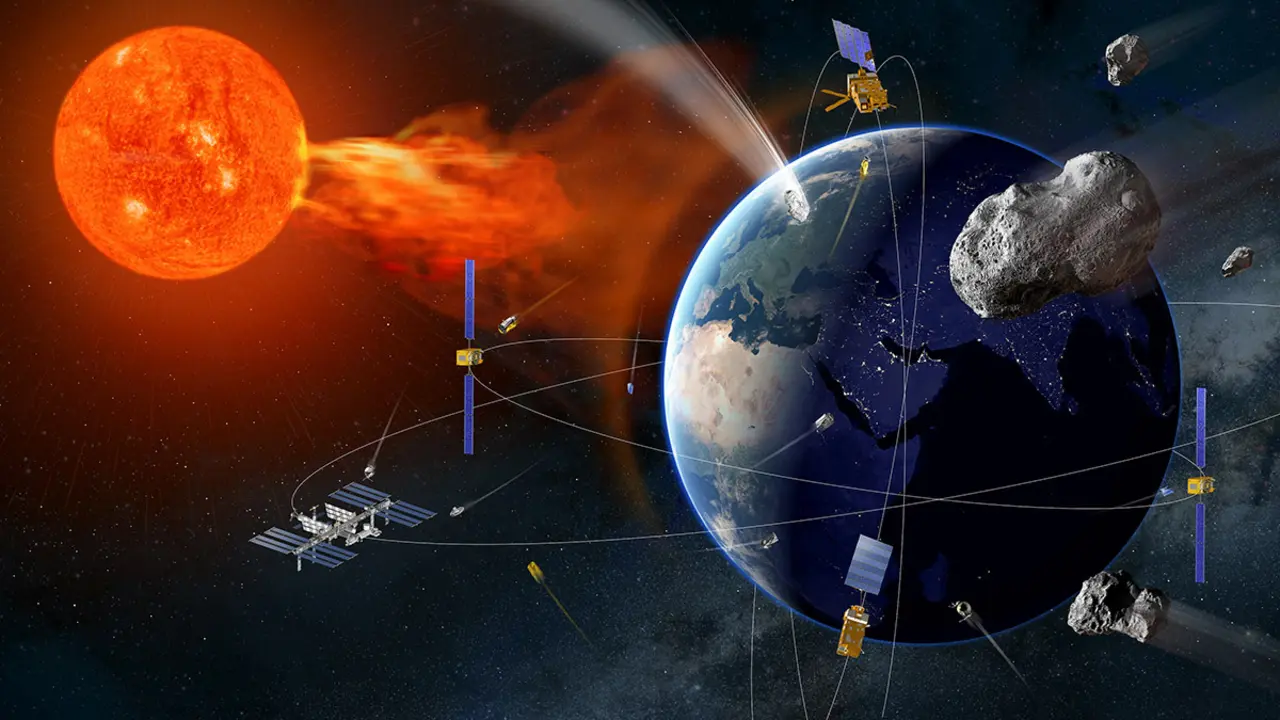China, India, Russia, Brazil and South Africa join forces to tackle disasters

The countries that call themselves BRICS - Brazil, Russia, India, China and South Africa - have just signed a major cooperation agreement to form a kind of virtual constellation of observation satellites to improve their respective disaster management systems, assess climate change and protect their environment.
The pact reached after more than six months of telematic meetings involves federating their national space platforms already in orbit and establishing a mechanism for sharing images and data between the agencies of the five countries. The move is intended to accelerate their speed of response to mitigate the effects of natural disasters and improve the management of authorities responsible for assisting populations suffering from floods, earthquakes and other calamities.

The agreement will be presented as a major achievement at the thirteenth BRICS summit, which, under the chairmanship of Indian Prime Minister Narendra Modi, will be held on 9 September in videoconference format with the telematic attendance of the heads of state of Russia, Vladimir Putin; China, Xi Jinping; Brazil, Jair Bolsonaro; and South Africa, Cyril Ramaphosa.
However, it is a minimum agreement that the chairman of the Indian Space Research Organisation (ISRO), Professor Kailasavadivoo Sivan, has managed to wrest from his colleagues: South African National Space Agency (SANSA) CEO Professor Valanathan Munsami; Brazilian Space Agency (AEB) President Carlos Augusto Teixeira De Moura; Russian Federation State Space Corporation (Roscosmos) Director General Dimitri Rogozin; and, above all, China National Space Administration (CNSA) head Zhang Kejian.

It should be recalled that relations between Beijing and New Delhi suffered a serious strain in the summer of 2020, following incidents involving fatalities in the Galwan Valley, the area of the Himalayan mountain range disputed by China and India. Moreover, the multilateral agreement takes shape just six days after the failed launch of the mission that was to put into orbit the Indian observation satellite EOS-3, whose task was to provide near-real-time images of the Earth.
Nor does each coalition agency participate with all its observation platforms in service, nor does it contribute an equal number of spacecraft. The initiative is just a first step towards increasing effective cooperation between the respective BRICS space agencies. For the time being, it includes a small part of the national fleets of electro-optical satellites in the visible and infrared spectrums, but no radar technology. The New Delhi government, for example, is focusing its efforts on using space technology to improve its emergency management system.

The Chinese agency is contributing two satellites. One is Gaofen 6, located 647 kilometres away and in space since June 2018. In addition to providing data for disaster response, it "observes chlorophyll and helps estimate yields of crops such as corn, soybeans and rice," according to Zhou Qingbo, director of the China Agricultural Resources Institute. Another contribution from Beijing is one of the three orbiting Ziyuan 3, a 2.3-tonne Ziyuan 3, placed in orbit at an altitude of 500 kilometres in May 2016.
ISRO is in the initiative with the 1.2-tonne Resourcesat-2 and 2A pair, placed at 820 kilometres altitude and active since April 2011 and December 2016, respectively. Roscosmos is contributing with its four 475-kilogram Kanopus V high-resolution spacecraft, placed at an altitude of 500 kilometres. Two were launched into orbit in February 2018 and two others in December 2018.

Brazil is contributing CBERS-4 and 4A, two spacecraft jointly developed and operated with China and located 773 kilometres around the Earth. They are 1.9 tonnes and have been in space since December 2014 and 2020, respectively. South Africa's SANSA was established in 2008, officially activated in December 2010 and one of its priorities is to complete and launch a national earth observation spacecraft in collaboration with South African industry.
However, the head of the South African agency, Valanathan Munsami, wants the newly formed coalition to make his nation a "formidable" player in the global space arena. In the absence of satellites, President Cyril Ramaphosa's government is contributing its space monitoring and control station at Hartebeesthoek, 69 kilometres north of Johannesburg, where SANSA dishes receive images and data from satellites of its partners in China, India, Russia, Brazil and other countries.

Jair Bolsonaro's Brazilian executive adds to the agreement the ground station located in Cuiabá, capital of the state of Mato Grosso, one of the three monitoring and control centres of Brazil's National Institute for Space Research (INPE). The Government of New Delhi does so with its Shadnagar Acquisition, Processing and Broadcasting Centre near Hyderabad, India's fifth most populous city. China with its existing 12-metre diameter antennas in Sanya, an operational facility since 2010. Russia with its several monitoring centres in the vast Moscow region.
The BRICS organisation is celebrating its 15th anniversary in a few days under the Indian presidency with the motto "Intra-BRICS cooperation for continuity, consolidation and consensus". Together they account for about 26% of the world's geographic landscape and are home to about 3.6 billion people, or about 42% of the world's population. With the COVID-19 pandemic present in most of their territories, the differences and contradictions between India, China, Russia, Brazil and South Africa remain significant at the political, economic and industrial levels, and especially on the geostrategic side.









